- Call us: 01444 237070
- Contact Us
- Stores
- Sign In / Register
-
- Back
- Used Cameras
- Used Accessories
- Used Lenses
- Used Video
- Used Film Equipment
- Used Stock Alert
- Used Blank Test
- Sell or Part Exchange
- Used Clearance
- Recently Added Used Equipment
- Park Picks
- All Used Black Friday Deals
- Faulty
- Trade-In
- Blog
- New in
- Call us
- Contact us
- Stores
- Sign in
- Categories
- Tips & Inspiration
- Reviews
- News
- Events
- Features
- Buying Guides
- Competitions
Nikon Z7 II Review
Introduced in 2020, the Nikon Z7 II remains a key high-resolution model in Nikon's mirrorless Z camera lineup. This hands-on Nikon Z7 II review centres around nature and landscape photography, examines its performance across different outdoor conditions, in order to showcase why it continues to be a favourite choice among photographers.
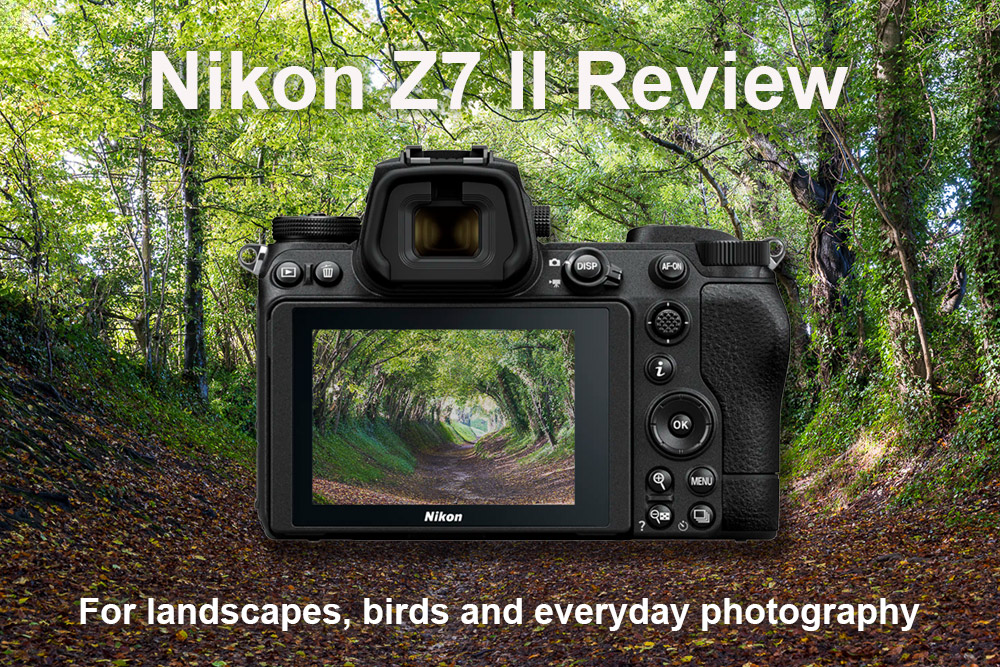
While this review primarily features the Nikon Z 100-400mm f/4.5-5.6 VR S telephoto zoom lens, which is explored in our separate Nikon Z 100-400 review, the Z7 II was also tested with the Z 24-70mm f/4 S Lens. Together, these mirrorless Z mount lenses represent an ideal pairing for the types of photography explored here.
Whether you’re considering a new or used Nikon Z7 II camera, take a dive into our real-world review, which covers everything you need to know about this camera’s potential for your photography.
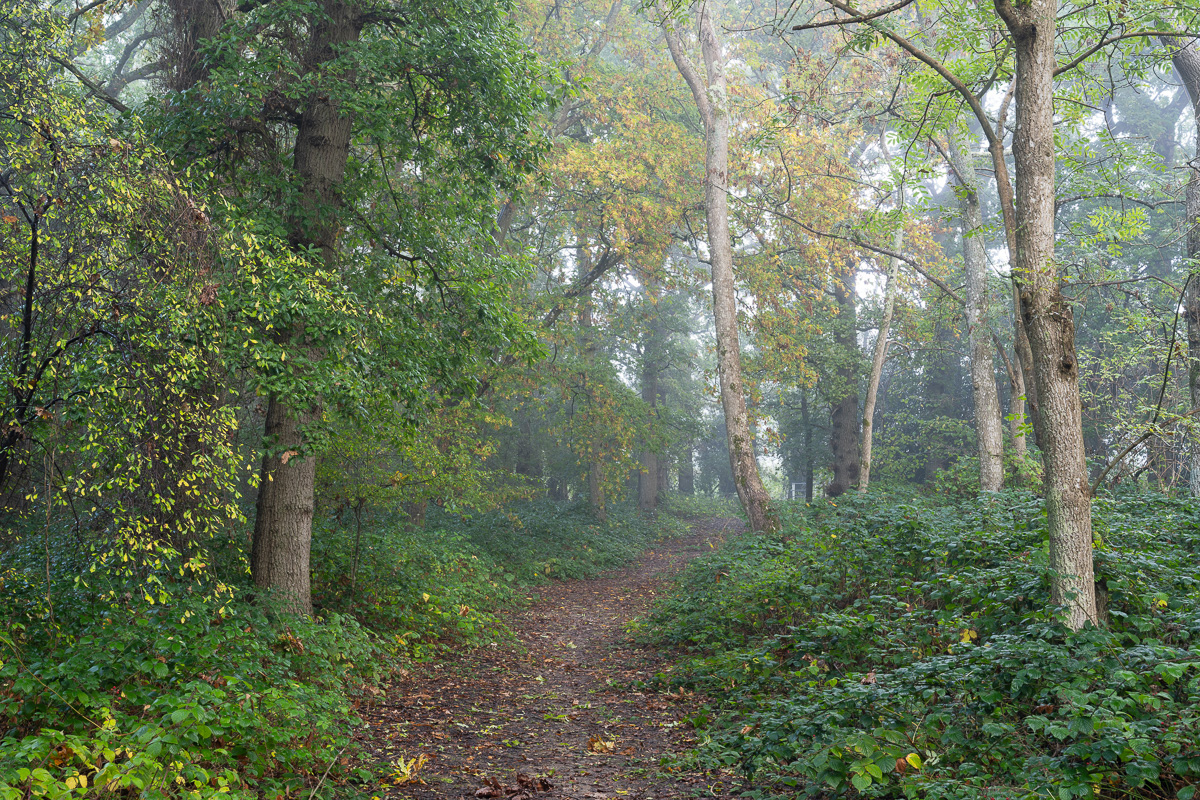
Key specifications
Even after three years, the Nikon Z7 II's specifications continue to impress, highlighting its relevance and the capabilities it offers enthusiasts and professional photographers. The most relevant specs for photography are summarised in the table below.
|
Sensor |
Full-frame CMOS BSI sensor |
|
Processors |
Dual Expeed 6 processors |
|
Effective resolution |
45.7 megapixels |
|
Storage media |
1x CFexpress card Type B (or XQD card) and 1x SD card, UHS-II compliant |
|
Viewfinder |
0.5-in. approx. 3690k-dot (Quad VGA) OLED electronic viewfinder with 0.8x magnification |
|
LCD |
Articulated 3.2” LCD with 2,100,000 dots |
|
Continuous burst rate |
Up to 10 fps |
|
Native ISO range |
64-25600 |
|
Image stabilisation |
5-axis up to 5-stops |
|
Image file type |
JPEG, Raw (NEF, 12 or 14-bit) |
|
Number of focus points |
493 |
|
Battery / Performance |
EN-EL15c lithium-ion battery / 420 shots (CIPA) |
|
Weight |
705 g |
The Nikon Z7 II price in the UK is £2,949.00, but it's currently available at a reduced price. Be sure to explore our Nikon special offers to discover great deals on this, and other options.
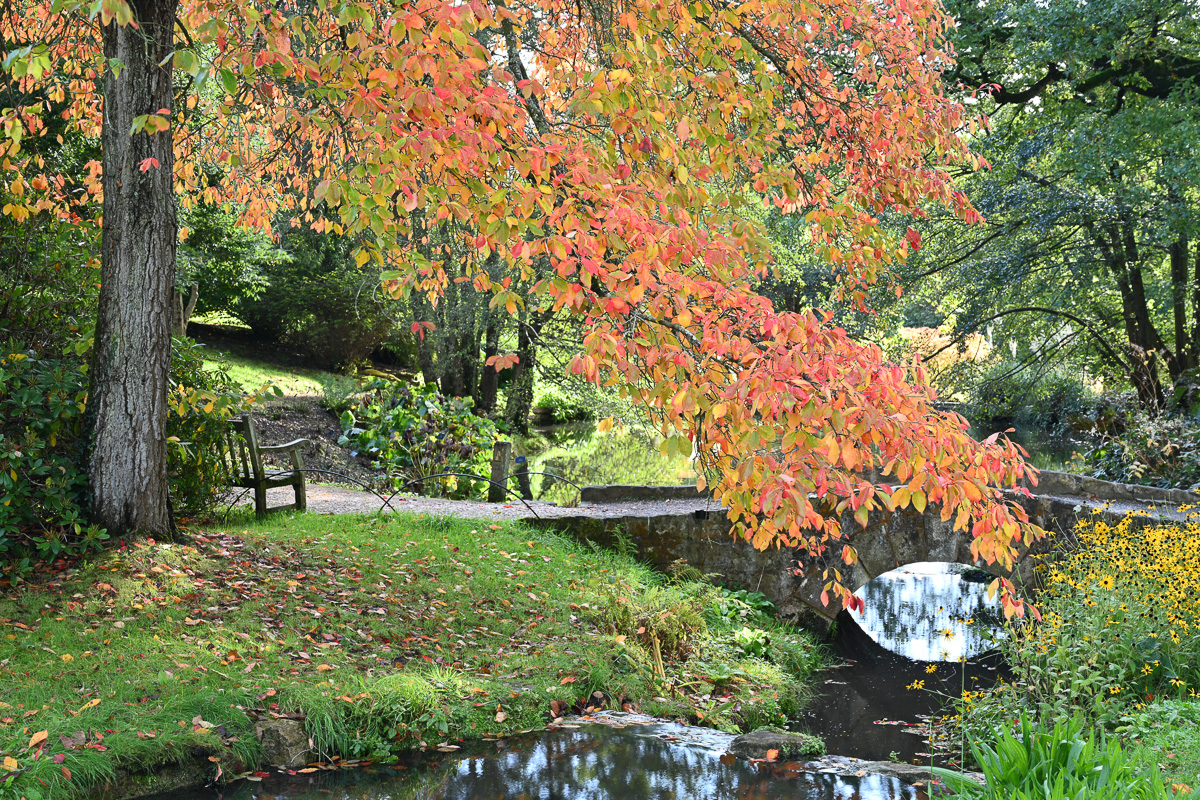
Z7 II design and shooting experience
One of the biggest updates over the previous generation is the addition of twin EXPEED processors, which are designed to handle the high resolution images, which the camera is capable of. The processors perform well, with an overall responsive experience right from starting up to continuous burst shooting.
Even the buffer feels responsive, enabling you to shoot 77 12-bit uncompressed RAW images before filling up. The camera body design is a testament to ergonomic refinement and features a robust magnesium alloy frame, which is comprehensively weather-sealed, weighing a reassuringly hefty, but not too heavy 705g.
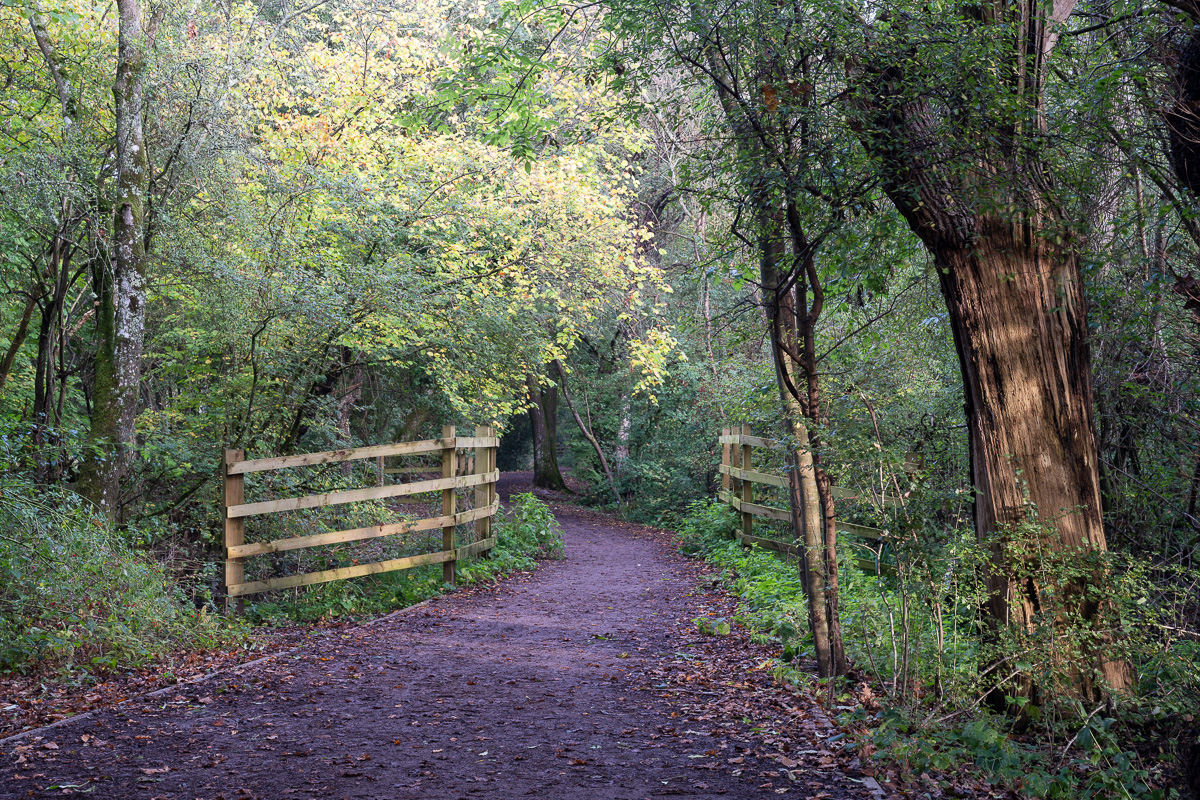
The deep grip provides very comfortable handling, even during extended handheld shooting sessions, and I found the button and control dial layout to be intuitive, with a familiar touchscreen experience, having made a Nikon Z6 II review for photography earlier in the year.
Having previously shot with a Nikon DSLR for a number of years it’s impressive how refined the mirrorless Z system has become, from the camera controls to the menu layout. Even if you’re new to Nikon, the learning curve is not as steep as with some systems, thanks to intuitive naming conventions and the aforementioned control layout. This made it easy to fine-tune everything from RAW file settings to ISO, exposure and of course AF settings.
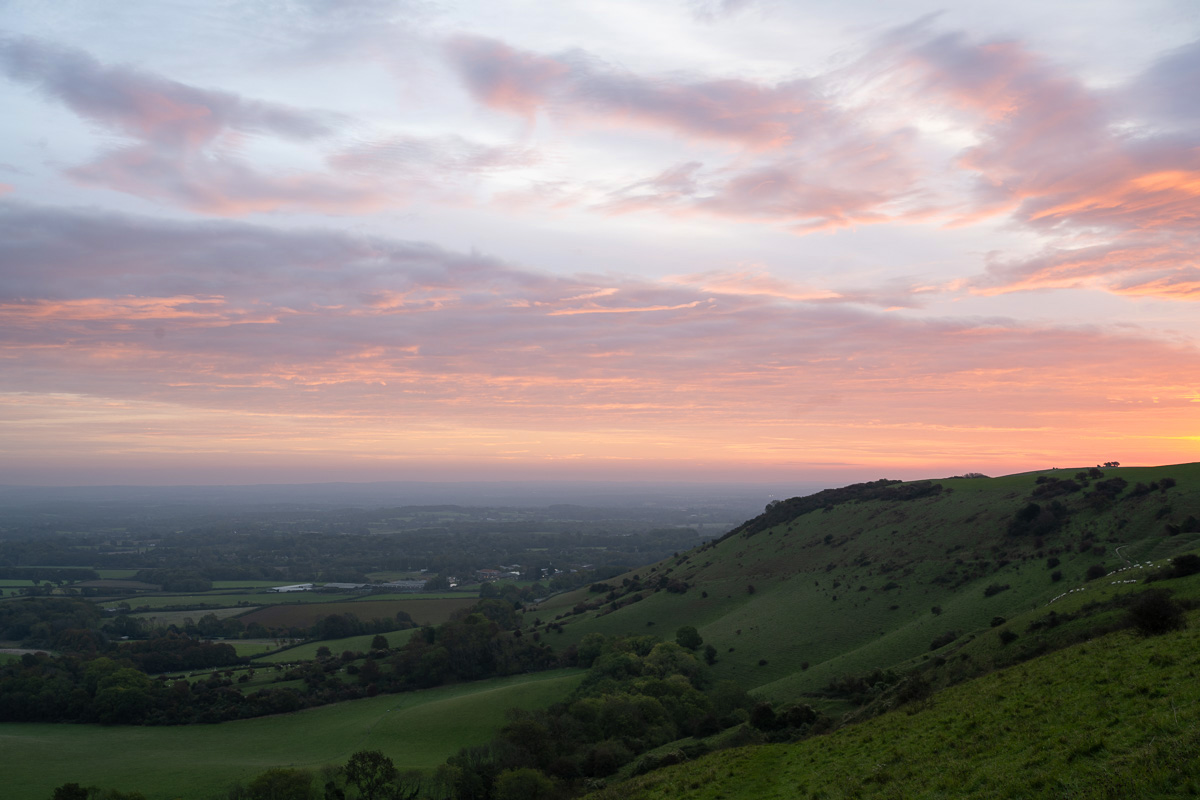
Image quality
Whichever lens I tried with the Z7 II, it stood out with impressive image quality, a hallmark of the tried-and-tested 45.7 megapixel full-frame sensor. This sensor (which is designed by Nikon), coupled with the EXPEED 6 image processor, delivers results with plenty of detail, wide dynamic range, and accurate colours.
RAW files are malleable and very easy to work with, allowing you to push the shadows and pull down highlights without any noticeable image degradation, reinforcing why shoot RAW vs JPEG. The camera's high resolution is particularly beneficial for large prints and detailed cropping, although all of the sample images included here are uncropped for appraisal.
Low light performance is another area where the Z7 II excels, and it maintains good control over noise and detail, even when shooting at higher ISO levels. The ability to shoot at base ISO 64 is an advantage, which Nikon cameras have maintained for some years, and one that helps it achieve such fantastic image quality if you can shoot at base.

The body also features in-body 5-axis vibration reduction, helping with sharp results when shooting handheld. I did notice some blurry results when photographing with the Z 100-400mm f/4.5-5.6 VR S lens fully zoomed in, however this was in windy conditions, so I should have raised the shutter speed to compensate, and put this down to user error.
Overall, the Nikon Z7 II is capable of professional-level image quality that will satisfy even the most demanding of photographers, especially ones working landscape, portraits, weddings, and similar subjects where quality and detail really matters.
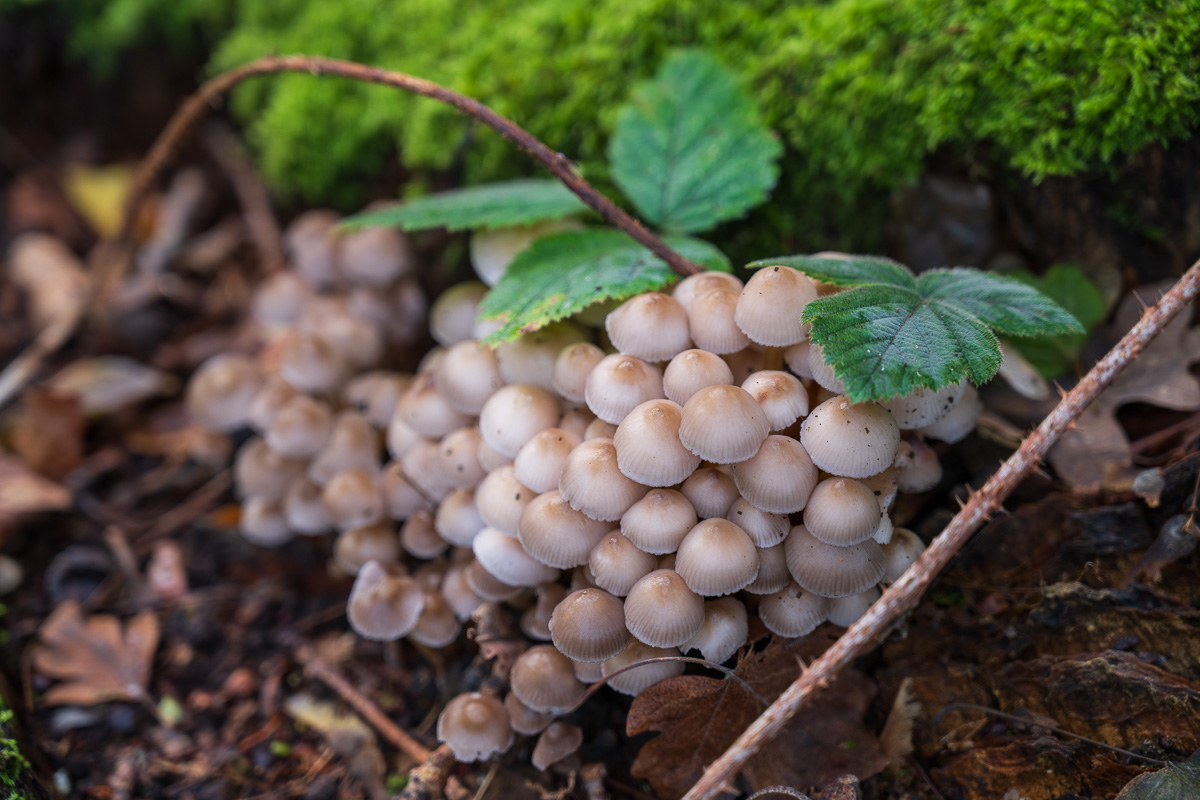
Autofocus performance
The Nikon Z7 II features a sophisticated autofocus (AF) system that represents a significant improvement in AF, with 493 on-sensor phase-detection autofocus points, covering approximately 90% of the frame. This wide coverage allows for precise focusing, even on subjects near the frame's edges.
The camera's autofocus system also functions well in low light, with the ability to focus in conditions as dim as -3 EV with the Low-Light AF mode, making it suitable for astro photography and shooting in dark environments.
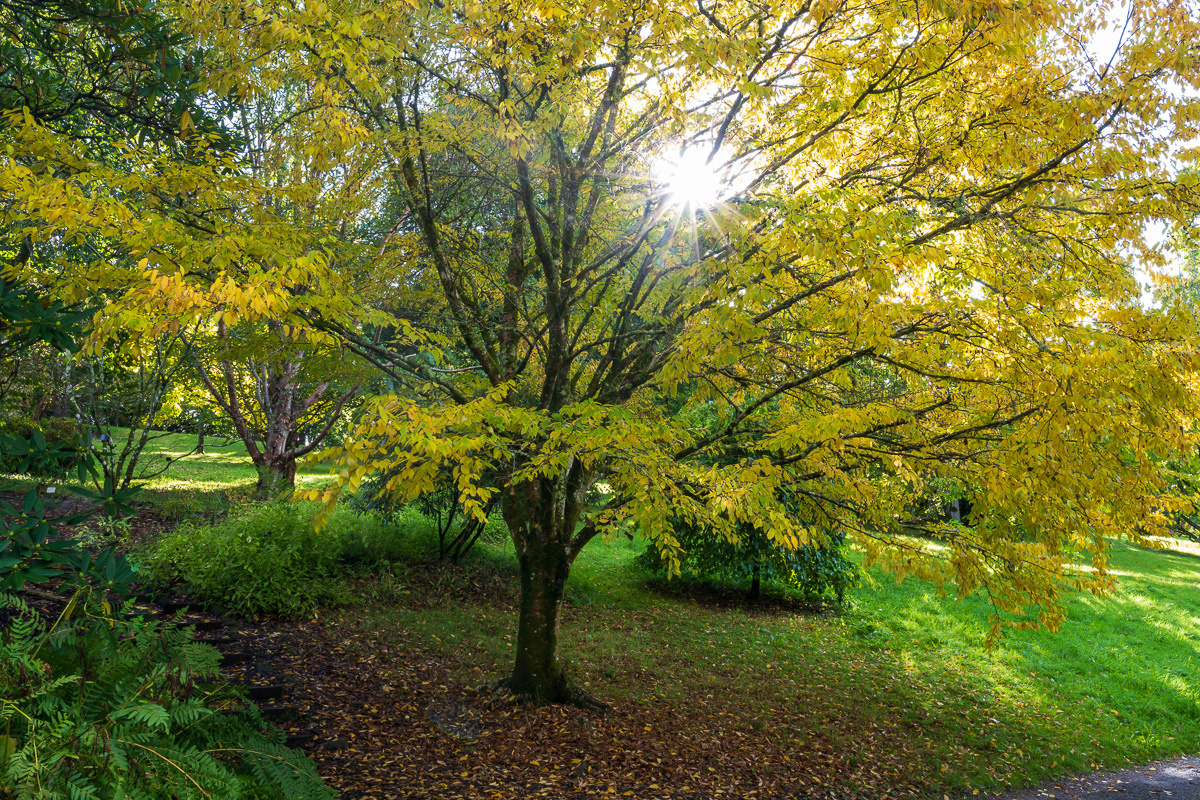
One of the biggest differences between this and newer models such as the Nikon Z8 and flagship Z9, is the absence of AI subject recognition. Although the Z7 II does a great job with Eye-Detection AF for humans and animals, it doesn’t include advanced deep learning, which has blossomed in the last year.
That being said I found it to be tenacious on people and birds, and indeed landscapes when I chose to utilise AF rather than MF. Although I didn’t put it through its’ paces with any fast moving subjects, it feels as though it would perform accurately for the majority of everyday subjects we tend to shoot.
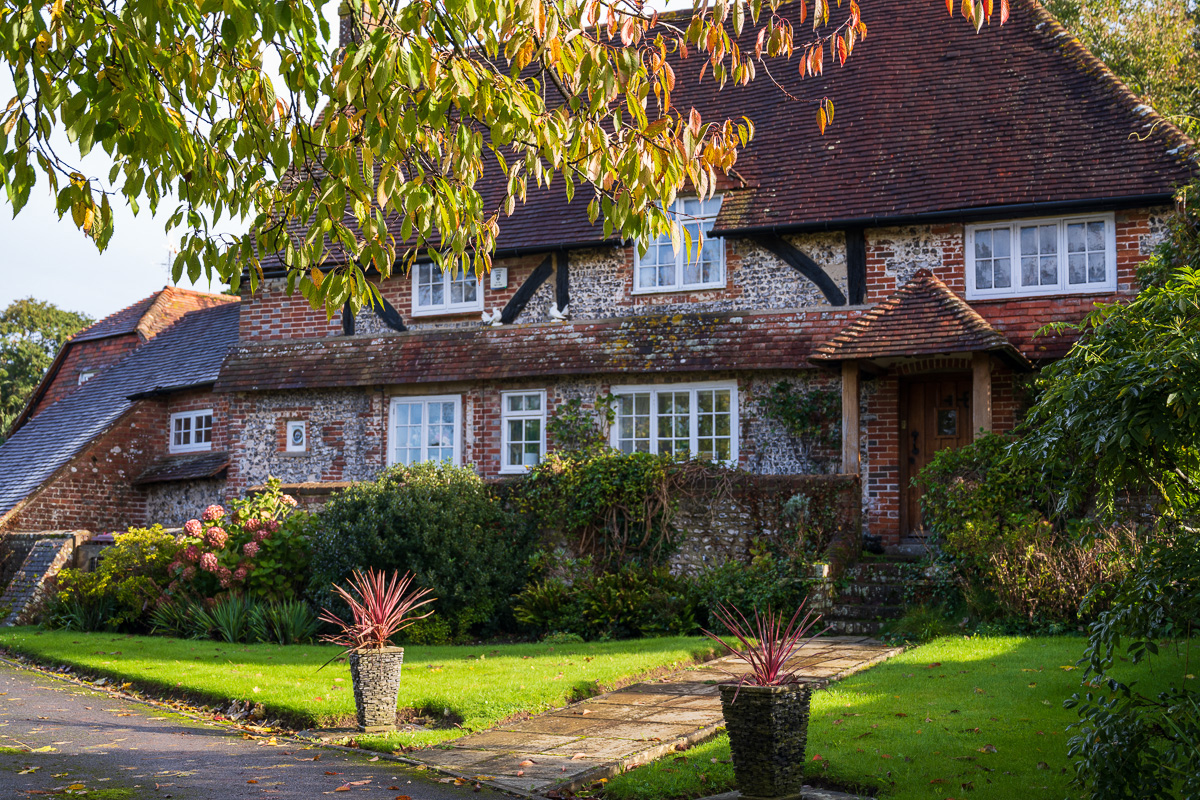
What is Nikon Z7 best for?
Thanks to a combination of features, its high resolution sensor and responsive shooting, the Nikon Z7 II is an extremely well rounded camera. It achieves its full potential when paired with an appropriate Nikon mirrorless lens, and it can be used across the entire spectrum of genres, from travel and street photography to portraits, landscapes and architecture.
While 10fps is quick, other models in the range may be better suited to professional sports, action and wildlife, although it is definitely capable of capturing fantastic images within these genres as well.
If you are a photography enthusiast or working professional there’s no denying the Z7 II makes a great choice as a primary camera body, especially within genres where image quality and detail are key factors.
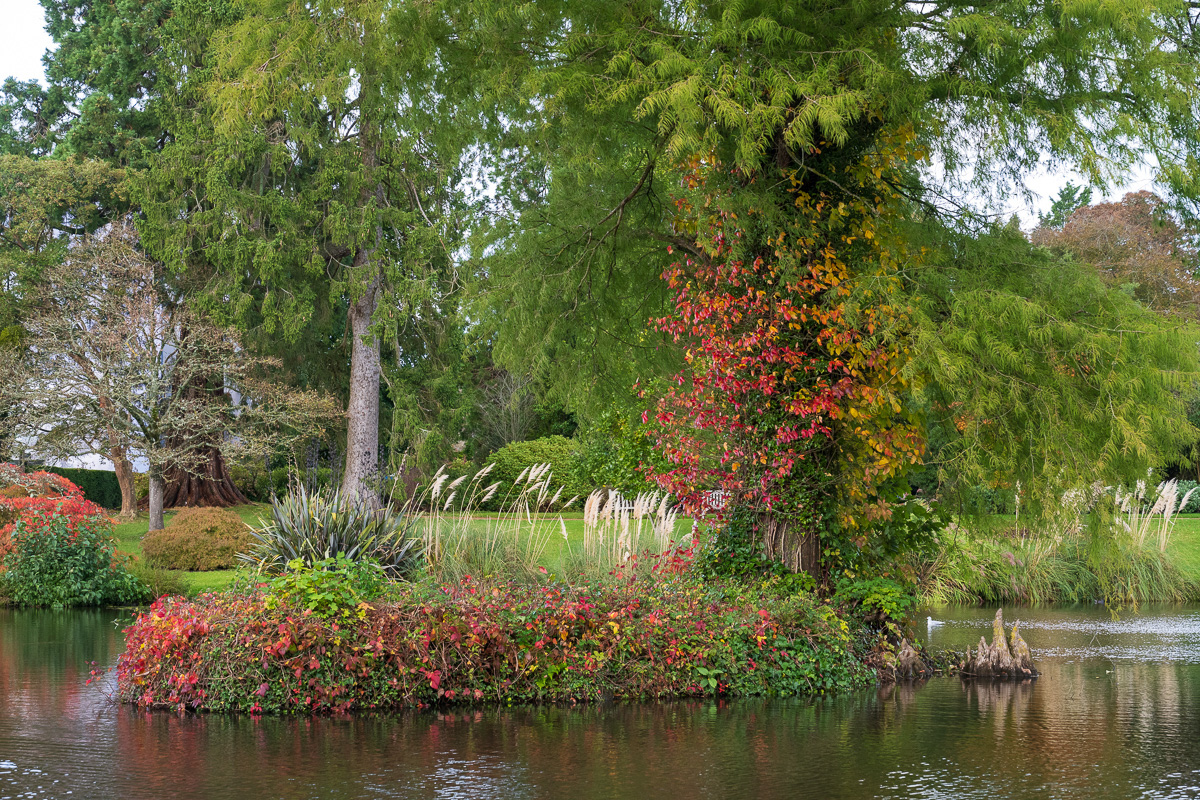
Summary
The Nikon Z7 II is as relevant today as when it launched, holding its own amongst full-frame mirrorless cameras from any brand. It combines a 45.7-megapixel BSI CMOS sensor paired with dual EXPEED 6 processing engines, which help to render stunning image quality with exceptional detail, dynamic range, and colour accuracy.
Its 493-point autofocus system with eye-detection and subject tracking, is proficient in acquiring and tracking subjects, even in low light. Robust build and weather-sealing make it reliable in various shooting conditions, and the body feels great in the hand, thanks to an ergonomic grip and intuitive control layout.
Impressive low-light performance and in-body stabilisation enhance its versatility for handheld shooting. Whether for professional or hobbyist photographers, the Z7 II makes a compelling choice as an all-round camera, which deserves to be high on anyone’s list of options.
Embrace the world of high-resolution photography with your own Nikon Z7 II, and experience its pro-level capabilities firsthand. If you’re selling a camera and want to upgrade, why not grab a fast and free quotation from Park Cameras and enjoy a completely hassle-free upgrade process.
Share this post:
By Nick Dautlich on 21/12/2023
Nick Dautlich
Senior Content Writer and Product Reviewer
Nick Dautlich is the Senior Content Writer and Product Reviewer at Park Cameras, with over 15 years of photography experience. A Sony Imaging Professional and expert reviewer, Nick has worked with major brands such as Canon, Sony and Nikon. His work is also featured on Vanguard World UK’s website, Capture Landscapes, and Shutter Evolve. Nick’s photography includes National Trust projects and magazine covers and he is passionate about landscapes and storytelling. Nick also enjoys hiking and teaching his children about nature. Learn more on his profile page.

Trade in your old equipment
Fast and easy trade in service ensures your old gear is collected efficiently and you are paid quickly! It's very simple to trade in your unwanted photography gear. Just head over to our dedicated Sell or Part Exchange page, fill out the details, and we'll get back to you with an offer for your old gear. Take the cash, or put it towards the cost of your new gear. It's up to you! Find out more
sign up to the newsletter
Keep up to date on the latest photography news, events and offers. Sign up now